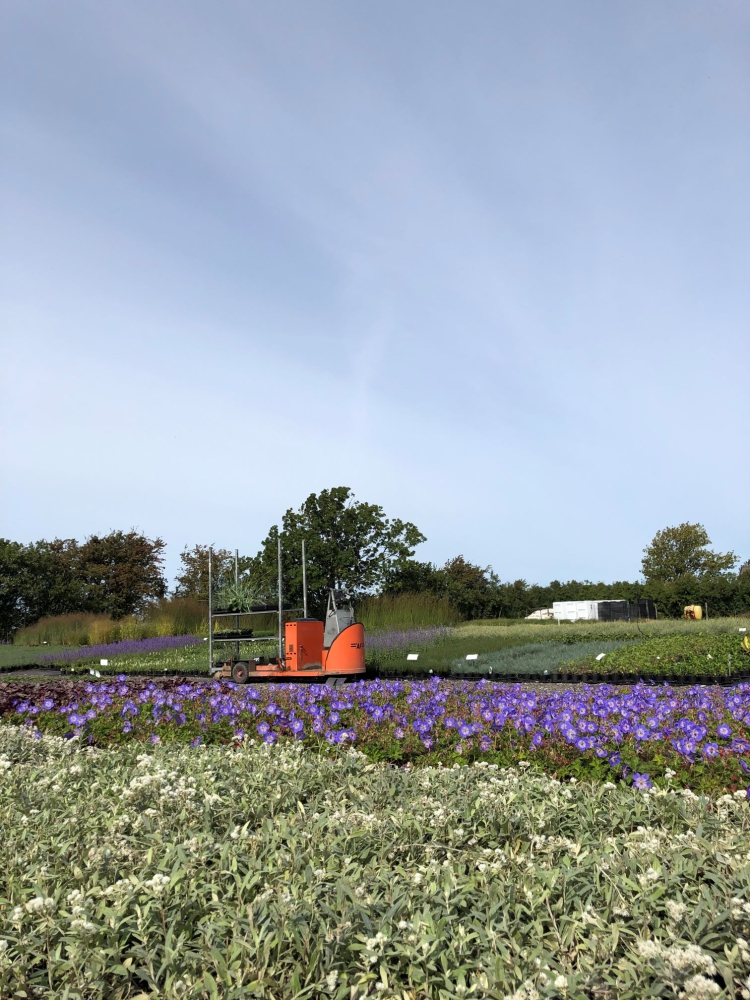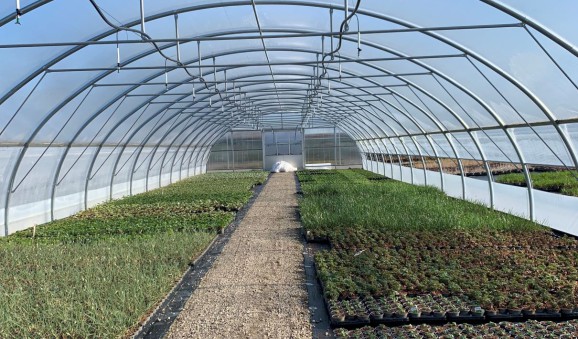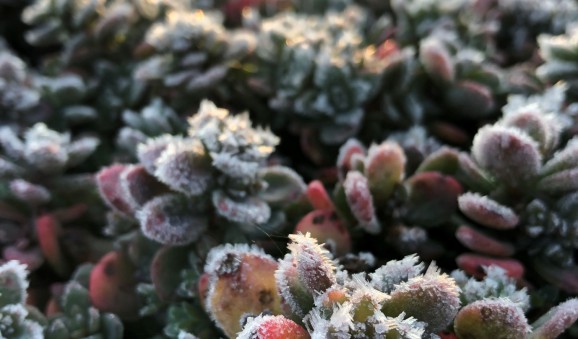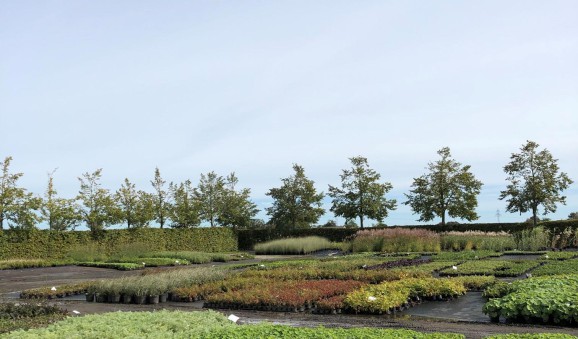Climate Changes and Economy – Key Topics in the Swedish Nursery Stock Industry

How will Sweden's elongated country be affected by climate change, what will the economic downturn lead to, and how do we generate interest among the youth to invest in the nursery stock industry? These are the hottest topics in the country right now.
The major discussion points in the Swedish nursery stock industry revolve around the current economic situation, generational shifts, substrates, and climate change. Peter Welin serves as the chairman of the Agricultural Federation's horticultural department with a focus on nursery stock. He also runs one of Sweden's largest plant nurseries, Essunga Plantskola.
– There are many discussions about the economic downturn, which, of course, affects more than just the horticultural industry. It becomes noticeable that fewer people have the opportunity to invest in plants in the same way as before. We are beginning to see a trend where the housing sector is declining, but here we hope that the public sector sees an opportunity to invest, given the available capacity in the construction industry, explains Peter Welin.
During the pandemic years, interest in gardening skyrocketed among the Swedish population. With more people staying at home, there was more time in the calendar for home improvement. While this trend has somewhat declined, it has stabilized closer to previous sales levels.
Generating Interest Among the Younger Generation
To sustain the Swedish nursery stock industry, which Peter describes as thriving, access to labor is crucial. With uncertainties in the world, there has been occasional uncertainty about the availability of foreign labor in the cultivation industry in Sweden. However, this is mainly applicable to food production.
– The vulnerability is therefore not as great for us. However, we need to consider how we can secure workforce recruitment in the long term. Interest in working in the nursery stock sector has decreased, as has the interest in running businesses. Young people are moving further away from rural areas, says Peter Welin.
One method he and his network are working on is creating change by inviting schools and explaining what it's like to grow plants. This way, he hopes to spark curiosity about working in the field.
– The industry is small in Sweden with few players. Many have disappeared. But we are an important industry that has a significant impact on people's everyday lives and, for example, the ability to improve the climate in cities. Climate and environmental issues interest many young people; perhaps we can reach them through that avenue, says Peter Welin.
Concerns About Climate Change
Sweden is a long and narrow country, almost 1,600 kilometers long. Today, the country is divided into 7–8 plant zones, from 1 in the south to 7 in the far north. The variation in temperature and climate is significant, but with global climate change, it is challenging to predict what to expect. This is also a topic widely discussed within the nursery stock industry.
– We don't know if the differences across the country will increase or decrease, but also how the climate in countries that produce plant material for us will look and if plants grown there will be usable here. We will need to reconsider plant choices for the climate, and there are many research projects on the subject currently underway, says Peter Welin.
Plants for Extreme Weather
He explains that, for example, research is being conducted on which city trees might be suitable in Sweden in the future, considerations regarding the differences in climate from north to south, and also how we can tackle extreme weather events.
– In the summer of 2018, we had extreme heat and drought, while the summer of 2023 was very wet. Moreover, a storm came in the middle of the summer, which is unusual. Previously, we were accustomed to spring and autumn storms. Now, we suddenly have something more that needs to be managed, says Peter Welin.
Extreme weather is being reviewed both in terms of cultivation techniques in nurseries and in terms of plant material. We need plant material that can withstand these extreme weather conditions and that we can also benefit from.
– In the past, vegetation in cities was for beautification and aesthetic values. Now, the inclusion of plants is more about adding functionality. For example, trees and rain beds make a difference in regulating temperatures and delaying water, says Peter Welin.
New Substrate Choices in the City
To adapt to urban environments and the stone deserts created there among all the hard surfaces, it is also necessary to reconsider substrates. In urban environments, crushed rock is increasingly used as a substrate in plantings. To create the best possible conditions for plants to be planted in these areas, the substrates used in the cultivation of plant material need to be reassessed, to homogenize and create fewer contrasts, thus improving the opportunity for plants to establish themselves well, according to Peter Welin.
– Another issue regarding substrates is how we can reduce the use of peat and find alternative products to use, he says.
Just like in many other parts of the world, the concept of 3-30-300 has become a trend in Sweden, coined by Cecil Konijnendijk. The concept suggests that we should all be able to see three trees through the window at home, school, or the workplace, have a 30% crown cover in the city, and a maximum of 300 meters to the nearest green area.
These places demand on us to keep up and find suitable plant material that fits the city's climate and the challenges present there.
Greater Knowledge Exchange Between Different Expertise
To incorporate the goals set regarding climate and sustainability, Peter Welin believes that the nursery stock industry needs to improve collaboration with landscape architects, planners, and project managers.
– It is a prerequisite for it to happen as well as possible. When it comes to developing plant material, foresight is needed. It can take 5–10 years to grow plant material, and to provide what is most sought after, we need to be involved in discussions with those who plan, rather than guessing future trends ourselves.
By leveraging the expertise available, vulnerability decreases, and we become more efficient, believes Peter Welin.
– It is neither economically nor ecologically sustainable if we cultivate the wrong plant material. I believe knowledge exchange is a crucial key for all of us.
Author and pictures: Cecillia Karlsson Tall Trädgårdsbyrå


